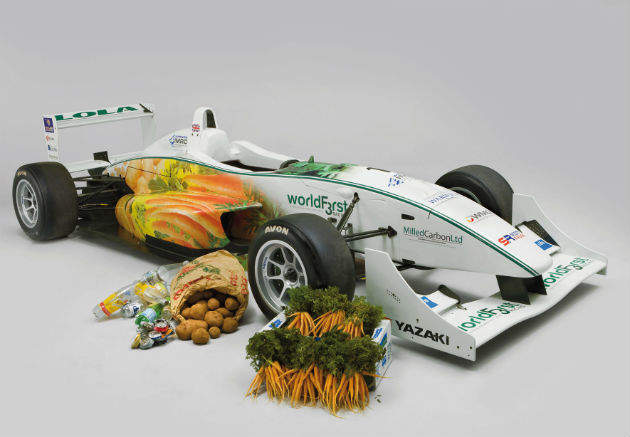
Biofuel can be made from a variety of weird and wonderful sources, and researchers and companies around the world are constantly finding new options. Some, like the American plastic surgeon Dr Craig Bittner found guilty of running his car off of liposuction fat in 2008, are unlikely to catch on. As is Prince Charles’ ability to rely of waste wine to power his Aston Martin D86.
However, there are more successful avenues, and while these more niche options are unlikely to compete with plant-based biofuel sources, they could help boost biofuels’ role in the energy mix.

Discover B2B Marketing That Performs
Combine business intelligence and editorial excellence to reach engaged professionals across 36 leading media platforms.
Sweden’s bunny problem
A few years ago Sweden made headlines around the world for its unusual, and to many distasteful, solution to being overrun by rabbits. Stockholm culls the non-native rabbits that overrun the city every year to protect the parks and greenspaces of the city. Thousands are hunted, and instead of simply wasting the rabbits they are being used to power Stockholm.
The rabbits are frozen and then shipped to a heating plant in Karlskoga where they are crushed and mixed in with wood chipping and peat, before being burned. As such, the rabbits are helping to power the city, a decision has divided opinions.
Drinking the CO2 away

US Tariffs are shifting - will you react or anticipate?
Don’t let policy changes catch you off guard. Stay proactive with real-time data and expert analysis.
By GlobalDataThe knowledge that biofuel can be made out of beer is not new, but one company in New Zealand became the first to provide beer based biofuel commercially in 2015. DB Brewery has teamed up with biofuel retailer Gull to create fuel from yeast slurry, a by-product of beer making that is usually binned.
DB developed a system to strip the ethanol from the yeast slurry and refine it to create high-grade E10 biofuel. This biofuel was mixed with petroleum to create DB Export Brewtroleum. During a six-week project in 2015, Brewtroleum replaced Gull’s standard biofuel, Gull Force 10, at the pumps and sold 300,000 litres. DB and Gull estimate that the use of Brewtroleum over just those six weeks saved the equivalent of 55 tonnes of carbon dioxide.
From nappies to diesel
AMEC took a smellier route to biofuel, announcing plans to develop a plant in Quebec fuelled by dirty nappies. The plant is based on the idea of pyrolysis, a heat treatment that would convert the collected nappies into a mix of synthetic diesel fuel, methane gas and ‘carbon-rich char.’
This is hardly the first time human waste has been a suggested source of power, and around the world there have already been several successful human waste-based biofuel projects. In 2012, Waste Enterprisers won a SEED Initiative Award founded by the United Nations Environmental Program and financial support from the Gates Foundation for its pilot scheme to convert waste into biodiesel in Ghana.
Chocolate cars
Researchers at the University of Warwick, UK, have developed a Formula 3 car like no other. The car is not only made out of plant products, with mirrors made from potato starch and brake pads from cashew nut shells, but it is also powered by chocolate.
Waste chocolate provided by Cadbury’s was used to power the car. It was mixed with vegetable oil to create a biodiesel that propelled the car from 0-60 in just 2.5 seconds.





